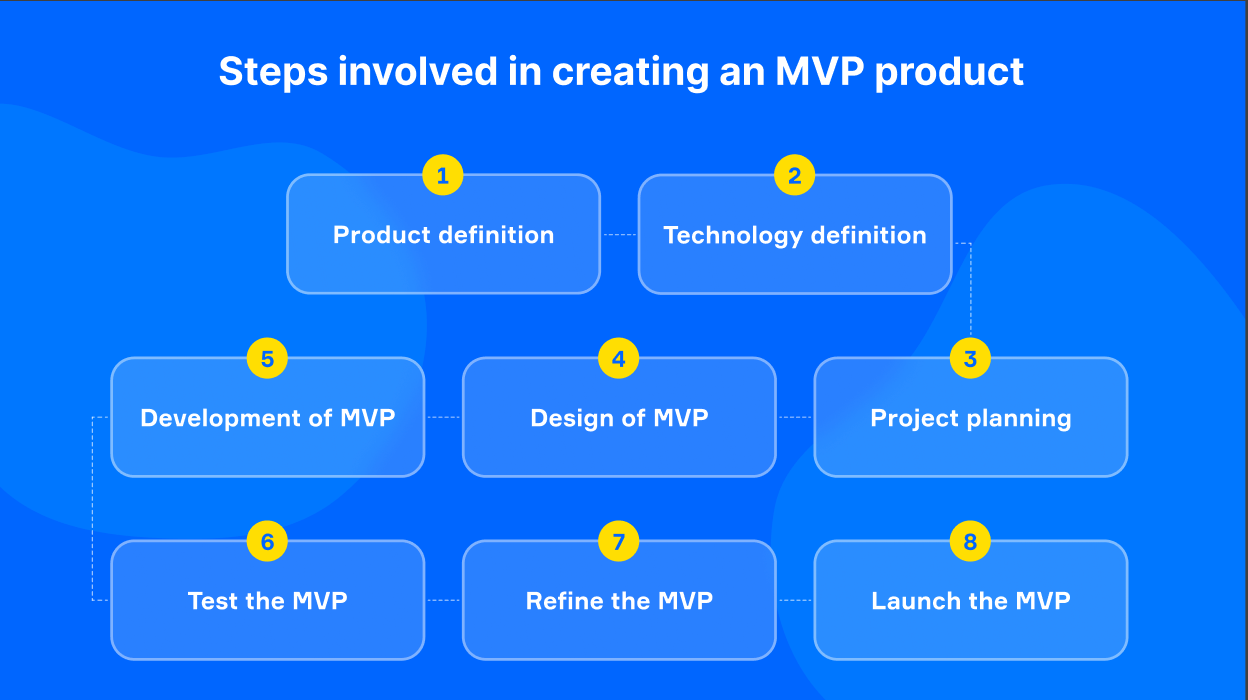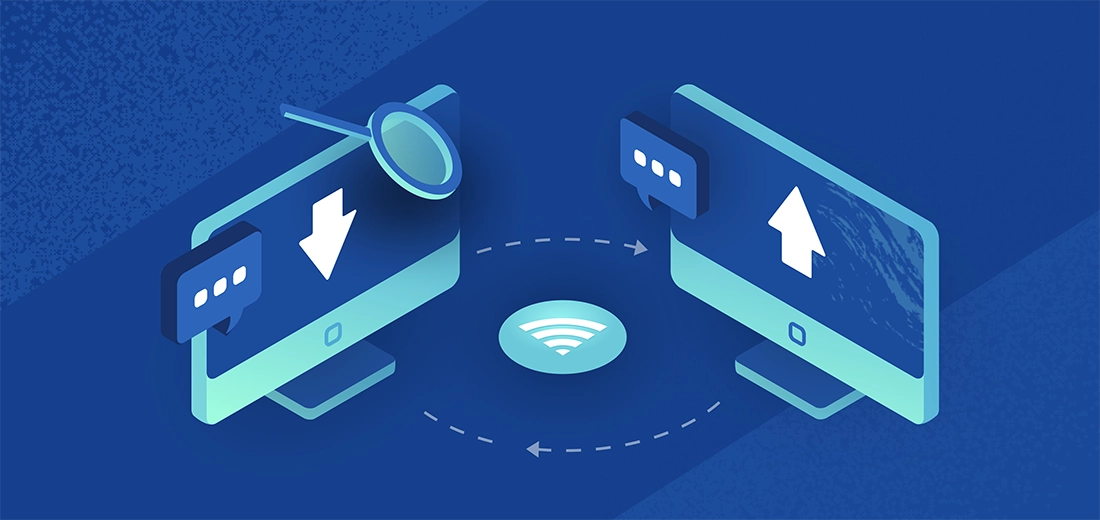The types of MVP development for startup
When it comes to MVP in a startups, you have a few options to choose from. From the broad categories of low-fidelity MVPs and high-fidelity MVPs, there are 9 types you can develop based on your type of product and what you need.
Developing low-fidelity MVPs are low-cost and provide basic results for a deeper understanding of customer needs. High-fidelity MVPs require more resources but provide more in-depth results, determining customer willingness to pay for the solution and collecting feedback for further development.
Here are some of the most common types of MVPs that startups can develop:
1. The Fake Door MVP
The "Fake Door" is a low-fidelity MVP that measures interest in a product or feature without actual implementation. A landing page with a call-to-action button leads to a message that the functionality is "under construction."
This helps to quickly prove or disprove an product idea, prevent the delivery of unwanted features, and reduce the risk of developing an unsuccessful product. However, it can decrease credibility and potentially distort results as users may interact with the "fake door" out of curiosity.
2. Email Campaign MVP
The Email campaign MVP is an affordable and quick way to test new ideas with an existing email list of potential customers. It enables direct interaction with a specific audience, but low conversion rates may impact results.
This low-fidelity option is incredibly cheaper than other types, but it also brings the least value to your MVP launch. It is best used in combination with other approaches like a landing page MVP.
3. Marketing MVP
This low-fidelity approach helps determine which product or service aspects are most appealing and provides flexibility for targeting specific demographics. You can use all social media platforms for marketing, partner with influencers, and test user interest in your product.
However, substantial investments are necessary for comprehensive ad campaigns. This is why, while this method is ideal for testing ideas and learning about the target market, it may not provide extensive exposure if you don't have a bigger budget.
4. Landing page MVP
Landing page MVP development for tech startup is similar to the "Fake Door" approach. However, the difference is that you don't fake a user-response. Instead, you introduce the product concept to site visitors and provide them with a choice of potential options.
It's also a low-fidelity type to offer unique value propositions and collect email addresses for marketing needs. Multiple landing pages can be created to test messaging strategies, but it may not provide a conversion factor and has limited data collection if visitors don't take action.
5. Concierge MVP
A Concierge MVP is a high-fidelity product that imitates a multifunctional software solution while a human fulfills its primary functions, allowing the startup to validate the product's effectiveness and popularity before it's fully developed.
This MVP provides accurate user behavior data dealing with real customers and all final product features. It enables the startup to raise capital before full automation, saves time, and provides quick results. However, relying on human competency for service quality may be a drawback, and finding reliable operators can be challenging.
6. Wizard of Oz MVP
The Wizard of Oz MVP is similar to a Concierge MVP as it appears fully functional, but many features are manually processed. However, in this case, the beta testers don't know about it.
This type is helpful for testing complex ideas, and its benefits include cost-effectiveness, rapid iterations, and unique user insights. However, drawbacks include inconsistencies in user interactions due to the human factor and the need for detailed behavior instructions.
7. Single feature MVP
A single-feature MVP is a traditional high-fidelity approach that tests how users will accept a specific feature. It's perfect for small businesses entering a market with big competitors or for testing a part of an existing solution.
Although it provides faster development and easier explanation, it has lower user engagement and a narrower target audience. However, less engagement for the MVP indicates that users are not ready to pay for add-ons or the product is not attractive.
8. Piecemeal MVP
Piecemeal MVP is the most cost-effective high-fidelity type of presenting a product to customers using already available tools and solutions.
It allows faster time-to-market and reduced expenses compared to developing a custom product from scratch. However, finding existing solutions that seamlessly cooperate when implementing multiple features can be challenging. Additionally, using third-party solutions may not always be the most technological or quickest way to deliver results to customers.
9. Prototype MVP
Prototype startup MVP development involves building a functional product or service prototype to test its viability. This is the most popular approach, enabling startups to test the product hypothesis and gather feedback from early adopters.
The advantage of a prototype MVP is that it enables startups to test their product hypothesis with a more functional product that is also well-received by users. However, this approach can be more expensive and time-consuming than other MVP types.
A prototype MVP is the best choice for complex projects with bigger visions for the future.
Want to find out how to launch a highly functional and affordable MVP for your product?
Begin your discovery phase with the COAX experts and find out exactly what you need for success!





%201.webp)










%20(1)%201.webp)



